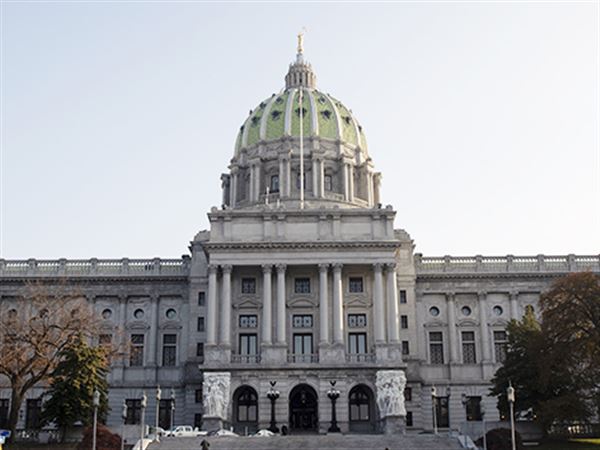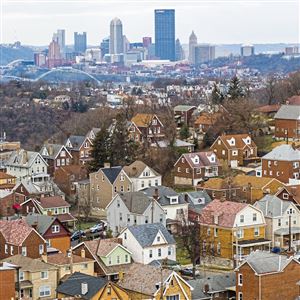The Allegheny County Health Department's Air Pollution Control Advisory Committee is going to take its time examining a "radical" way to make the county's dirtiest days cleaner and better protect public health.
The committee Tuesday night agreed to review a proposal by Walter Goldburg, a board member of the Group Against Smog and Pollution, that would require Allegheny County industries to cut back operations and emissions when tiny airborne particulates reach very unhealthy levels, something that happened on 10 days in 2012.
The proposal also includes provisions for free bus service to reduce the number of autos on the road during Air Quality Action Days and a ban on recreational burning and grilling. Such programs and restrictions are not unprecedented and have been used to curb pollution emissions in Fort Worth and Austin, Texas, Grand Rapids Mich., and in the coastal area near Los Angeles.
But the emissions restrictions on industries would be a significant departure from the way the Health Department and other government agencies across the nation normally control pollution -- which is by setting emissions limits in operating permits. But such a change is necessary, Mr. Goldburg said, because of the persistent and serious health impacts of particulates and the need to improve air quality on the worst days.
"It is a radical departure from the way particulates and all air pollution is controlled," said Mr. Goldburg, whose proposal was not endorsed by the GASP board. "The emissions cutbacks would be triggered by PM [particulate matter] not ozone, because, while ozone is an irritant, PM is a killer, especially for the elderly and other compromised populations."
The particles, known as "PM2.5," for particulate matter measuring 2.5 microns or less, are practically invisible -- just 1/70th the diameter of a typical human hair. Because they are so small, they can be breathed deeply into the lungs and are known to cause heart and respiratory sickness and death.
Mr. Goldburg's control plan, is based on the Air Quality Index, a U.S. Environmental Protection Agency scale from 0 to 500 that provides a measure of the air quality and what health effects different levels of pollution might cause. An AQI value of 100 for ground level ozone, airborne particles, carbon monoxide and sulfur dioxide -- four major air pollutants regulated by the Clean Air Act -- corresponds to the national air quality standard. AQI values below 100 are coded green for "good" or yellow for "adequate.
Mr. Goldburg's proposal would focus only on the particulate measure. If the AQI for PM2.5 is between 101 and 150, it is color-coded orange and considered "unhealthy for sensitive populations" and would trigger mandatory reductions in industrial emissions.
"But the main advantage of this is it will sensitize the whole community to the air quality problems we continue to have. The average person thinks the air quality is fine but this would alert people that we have a persistent and serious problem."
Several committee members said the process of establishing legally binding controls would be complicated, but the goal of eliminating or reducing the number of "orange days," when particle pollution is high and unhealthy, is worth pursuing.
Committee member Bob Orchowski said the burning and free bus rides would be relatively easy to do, but enforceable rules requiring industry to reduce or close operations "have a lot of legal hurdles."
First Published: December 11, 2013, 4:05 a.m.















